
Throughout history, ancient temples have stood as architectural marvels, echoing the spiritual essence of civilizations long past. These structures, often intricately designed, serve not only as places of worship but also as beacons of cultural identity and historical significance. In this extensive exploration, we delve into the spiritual significance of ancient temples and the profound roles they play in their respective societies.
The Historical Importance of Ancient Temples
Ancient temples, from the Parthenon in Greece to the pyramids of Egypt, hold immense historical value. These temples were often constructed as monuments to the gods and goddesses worshipped by different cultures and served as centers for religious practices. They are invaluable in understanding ancient societies, their beliefs, and the evolution of architectural techniques.
These temples symbolized the intersection of the divine with the mortal, providing a sacred space for individuals to commune with higher powers. The architecture of these temples often reflected astronomical alignments, suggesting a deep understanding of cosmic events and their influence on human affairs.
The Spiritual Significance of Temples
Temples have always been more than mere structures; they are focal points of spiritual energy. Whether it’s the intricate carvings on India’s Khajuraho Temples or the peaceful ambiance of Japan’s Buddhist shrines, each temple encapsulates distinct spiritual narratives that are central to their cultural heritage.
Visiting an ancient temple often evokes a sense of awe, reverence, and connection to something greater than oneself. These temples were designed to enhance spiritual exploration and enlightenment, providing a conduit between humankind and the divine. The sensory experiences provided by the grand architecture, the sacred chants echoing through the halls, and the aroma of incense contribute to an ambient space conducive for meditation and reflection.
Cultural Syncretism and Temple Architecture
Over centuries, various cultures have left their mark on temple architecture. The fusion of styles observed in many ancient temples is a testimony to the exchange of artistic and spiritual ideas. This syncretism is evident in the Angkor Wat in Cambodia, where Hindu and Buddhist architectural elements intertwine, reflecting periods of political and religious transition.
Such culturally rich temples continue to inspire modern architects and spiritual seekers, showcasing a blend of symbolism that transcends geographical borders, uniting people across different faiths.
Preservation of Ancient Temples
Despite their age, many ancient temples continue to be active sites of worship and pilgrimage. This continued use highlights the need for robust preservation measures to protect these historic edifices from natural deterioration and human-induced damage. Organizations globally are engaging in conservation efforts to maintain these sites for future generations, ensuring they remain integral parts of human heritage.
Through a combined effort of governments, local communities, and international bodies, funding and expertise are channeled into restoration projects, reviving the glory of these ancient structures.
Conclusion: The Everlasting Impact of Ancient Temples
The legacy of ancient temples extends beyond their physical beauty; they are milestones of human civilization embodying faith, tradition, and artistry. In exploring these structures, one embarks on a journey through time, exploring the deep spiritual roots that have shaped human thought and culture.
Whether as sites of worship, historic monuments, or cultural landmarks, ancient temples will continue to inspire awe and reverence for generations to come, standing as enduring testaments to our shared human heritage.
Throughout history, ancient temples have stood as architectural marvels, echoing the spiritual essence of civilizations long past. The architecture of these temples often reflected astronomical alignments, suggesting a deep understanding of cosmic events and their influence on human affairs. 
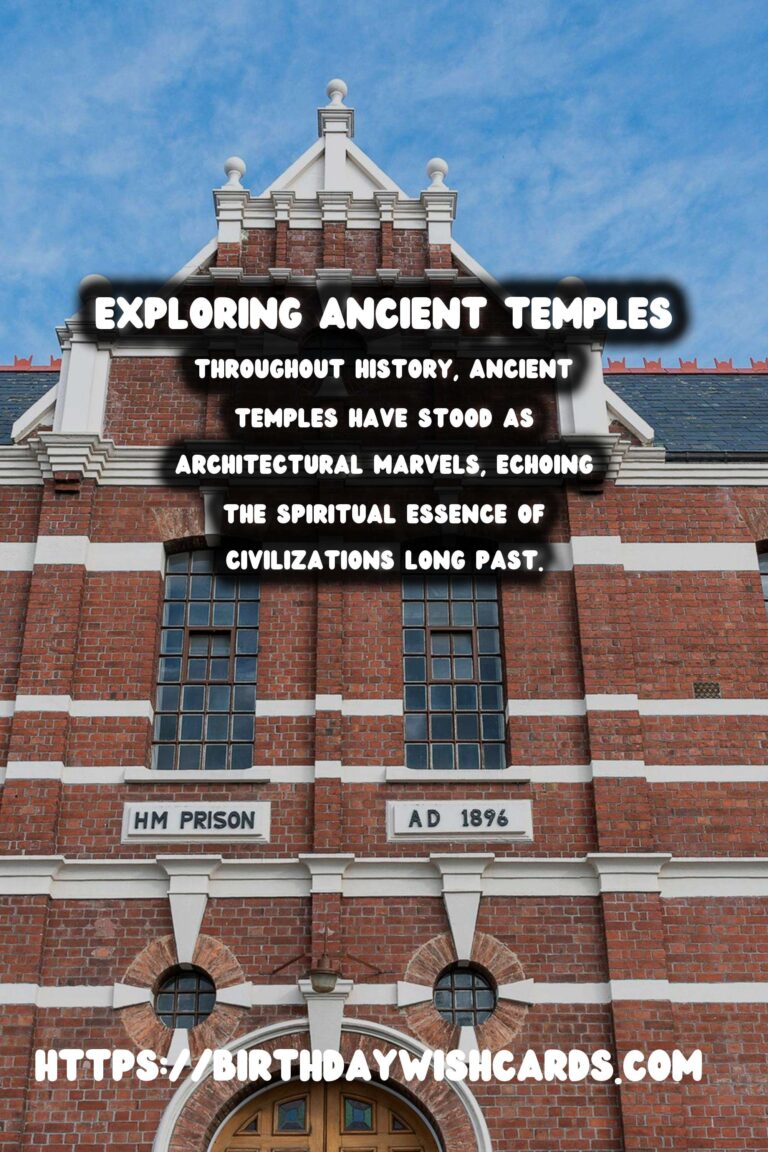

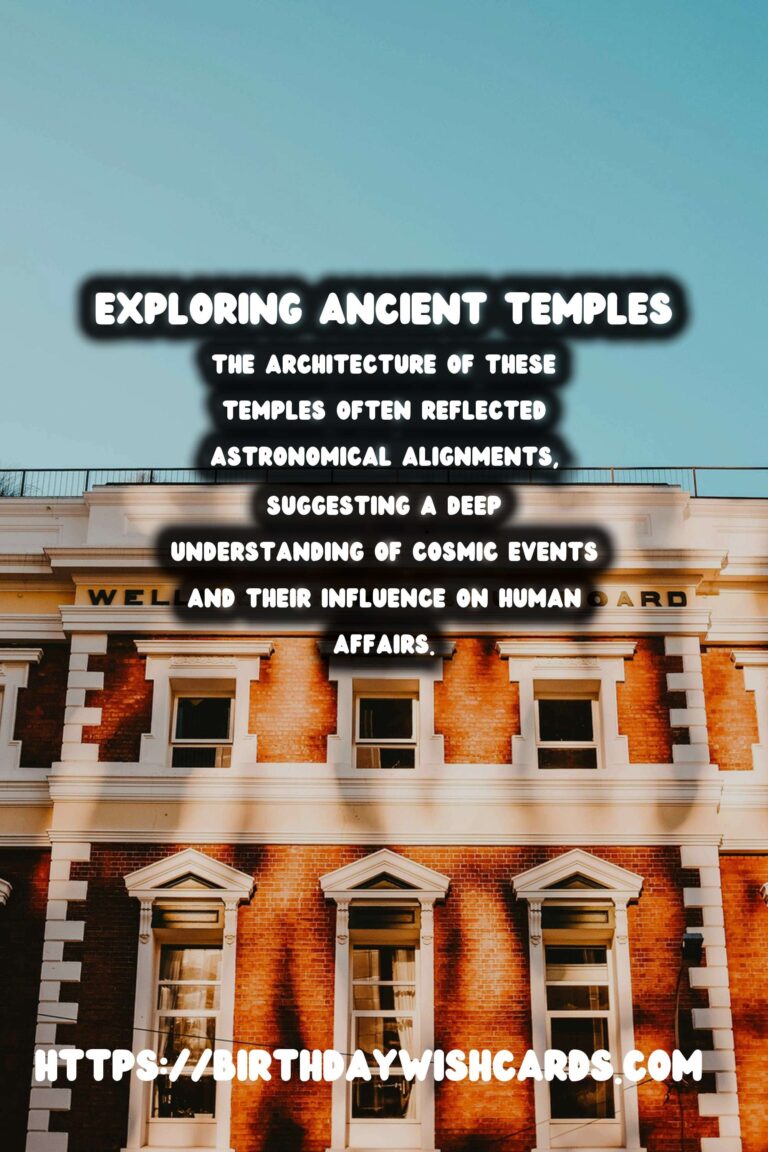
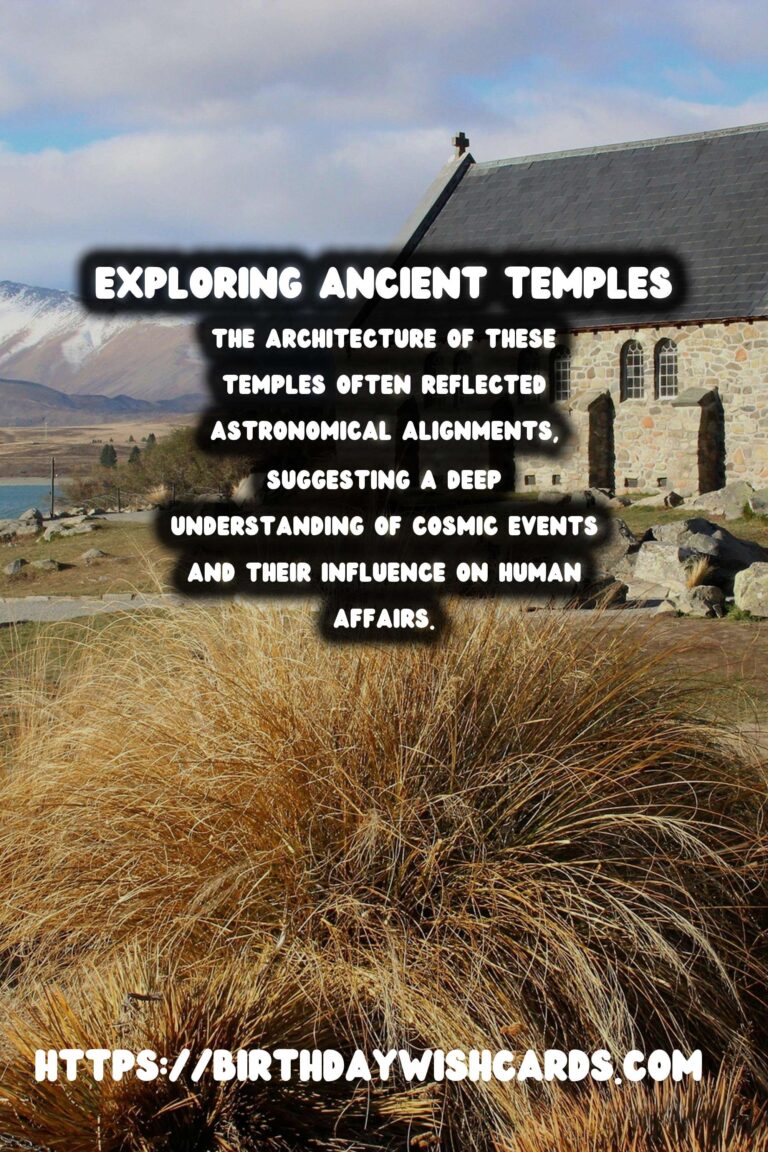
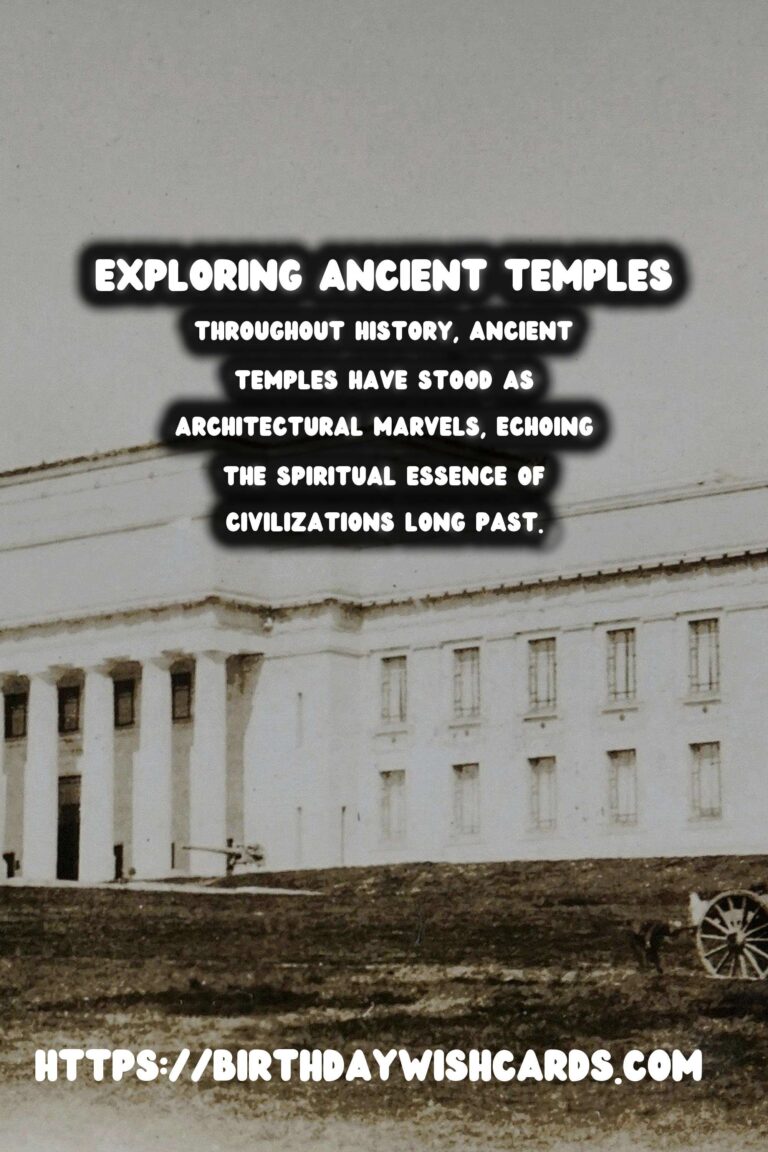
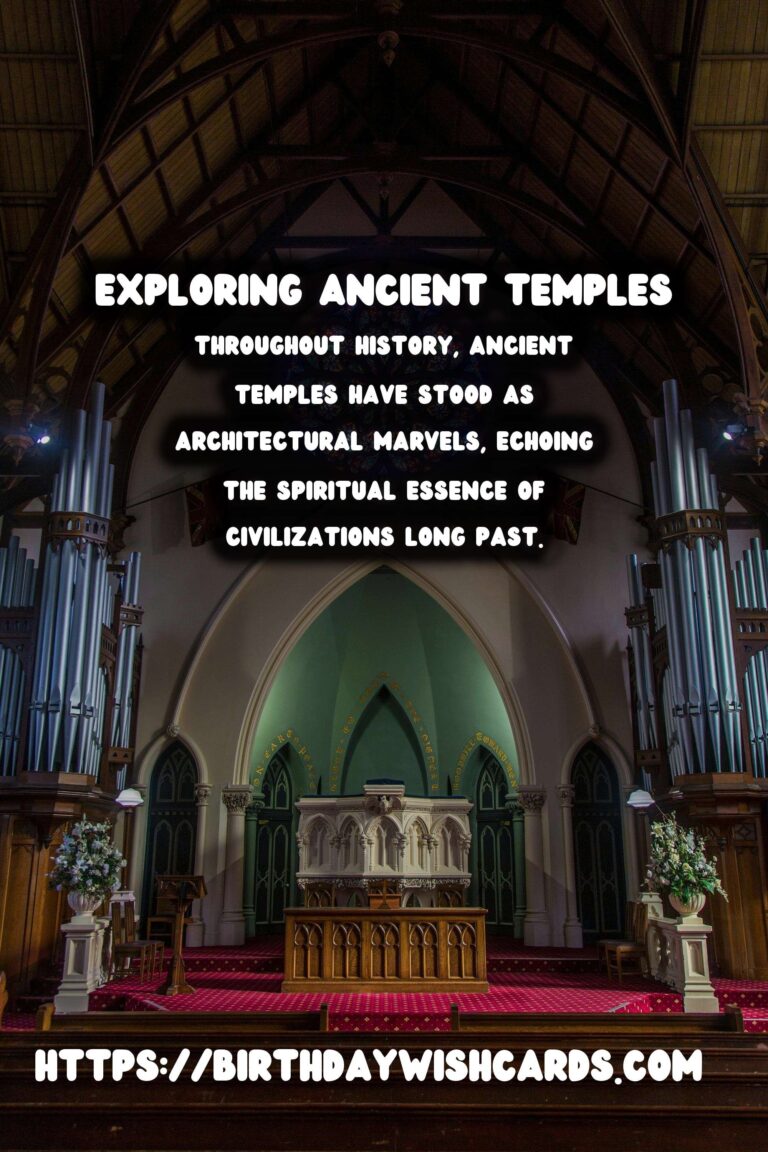
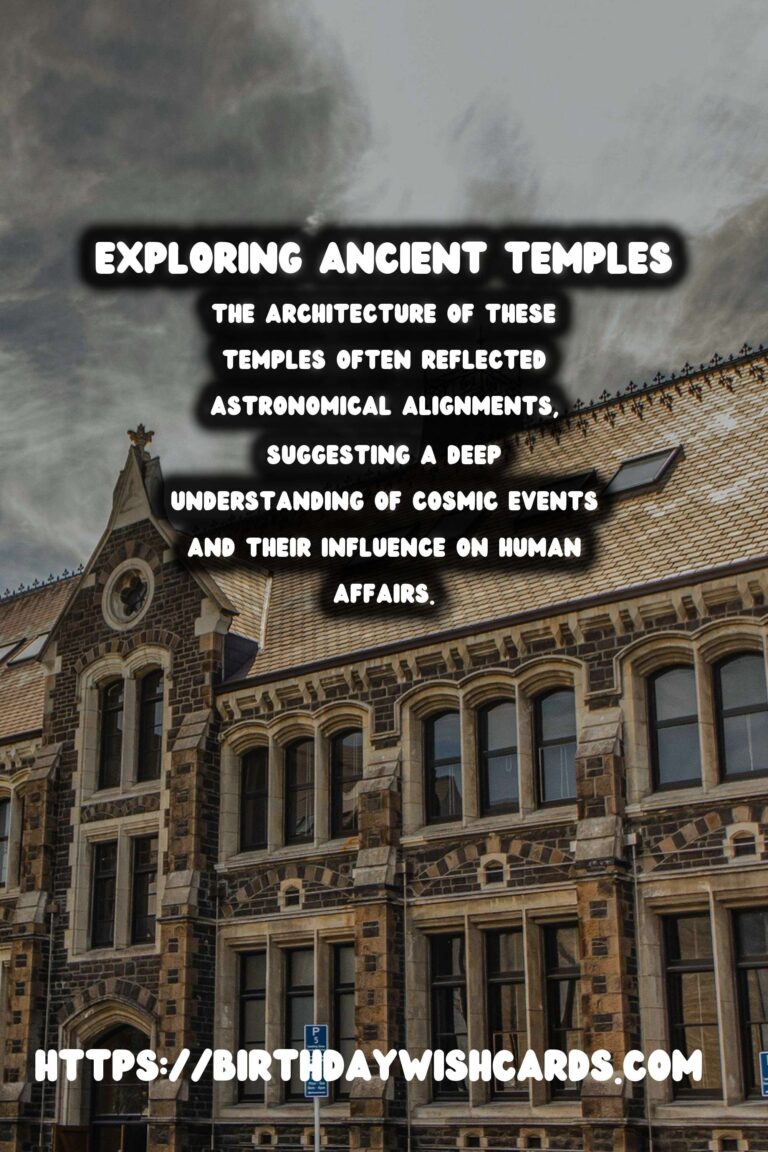
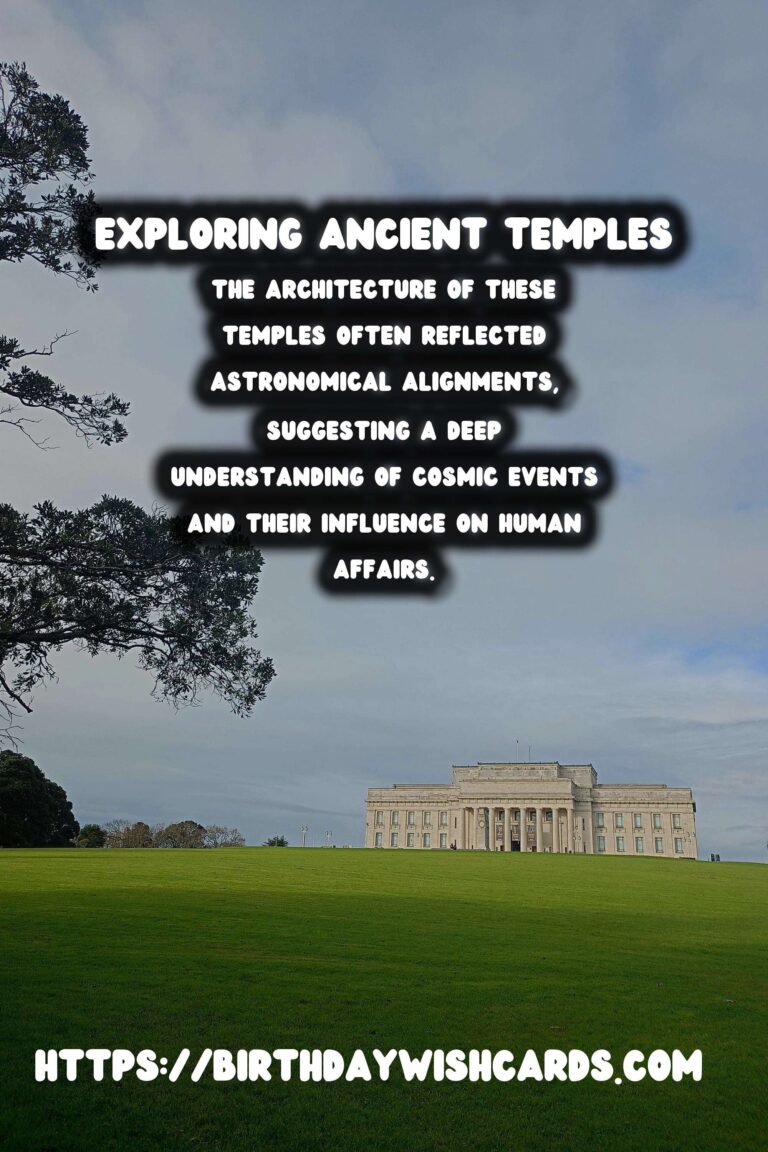
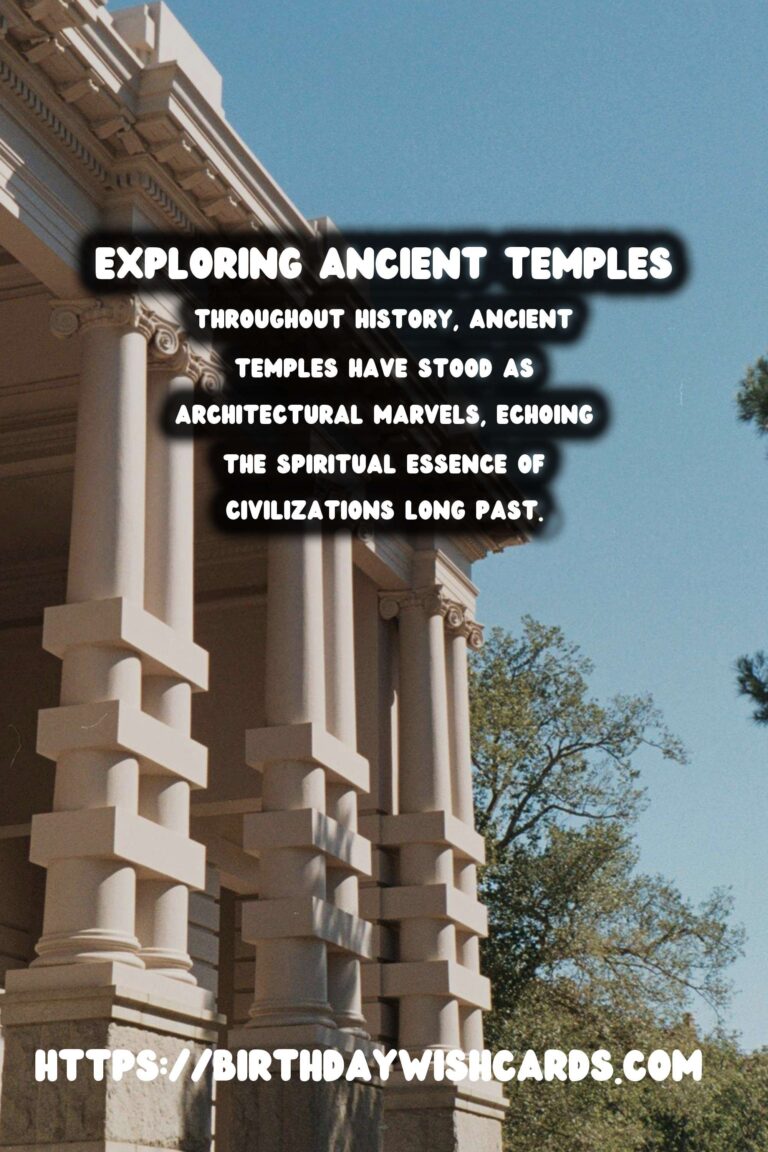
#AncientTemples #SpiritualHeritage




